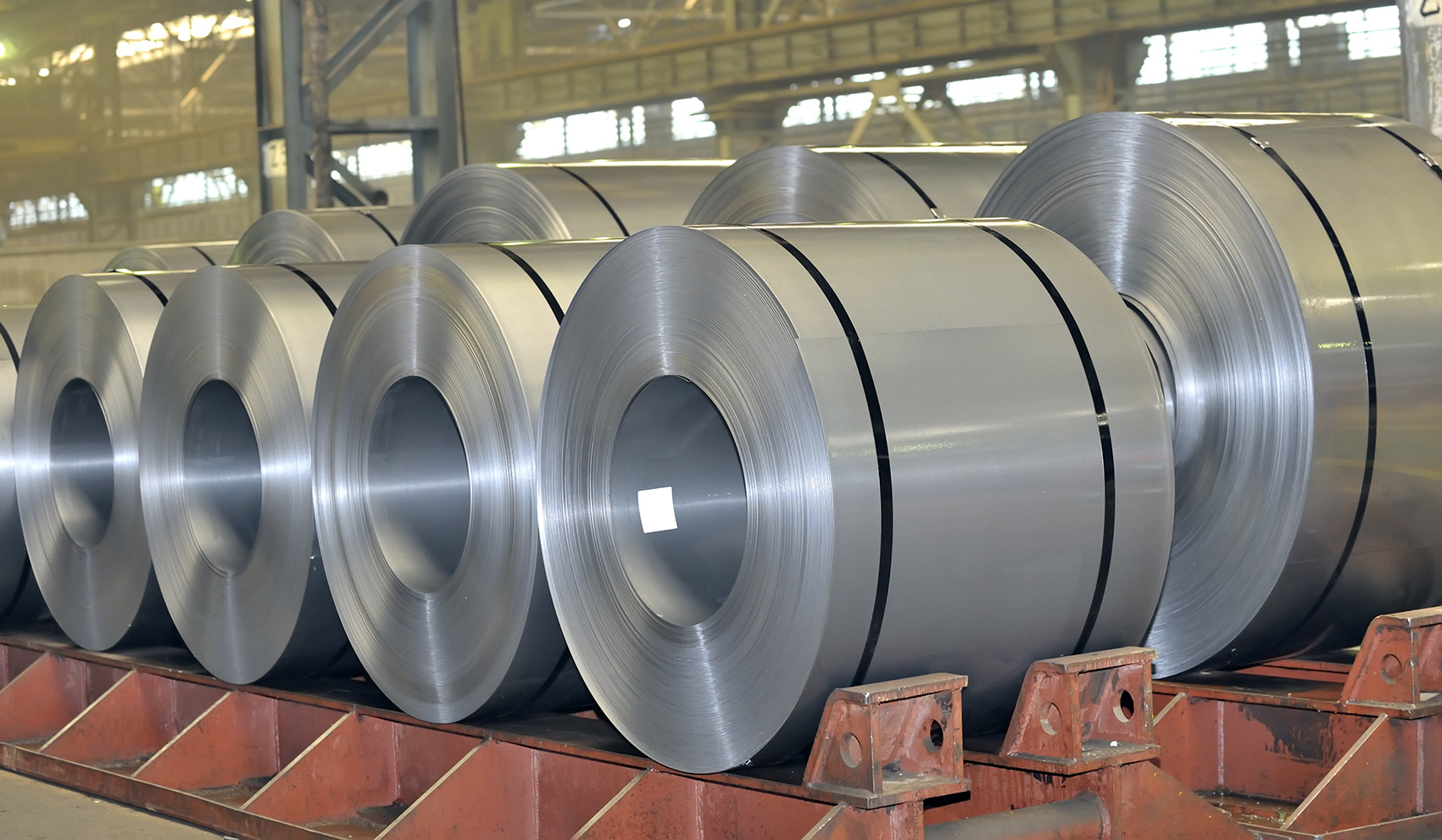Steel import tariff rates have always been a sensitive issue for government officials and industry players.
Raising the tariff bulwark gets steelmakers cheering for the newfound protection and lowering it gets downstream users up and hailing supply and price diversity. Getting the balance right is tricky, and the government has so far struggled to walk the tightrope.
The latest instance of tinkering with the rate by the government surfaced in December. Deputy Minister of Industries, Mining and Trade Jafar Sarqeyni announced that flat steel import rates will be cut to 10% to balance the domestic steel market. He noted that the import of about 700,000 tons will be sufficient for the current Iranian year (ending March 20, 2017).
“The supply of flat steel in the domestic market is slightly lower than demand, which can be balanced by imports,” said the official, adding that the cessation of Chinese steel dumping onslaught has prompted the government to lower the tariff wall.
The new duty rate would mark the first reduction of tariffs since January 2016.
Officials’ announcements are significant in Iran, even if they have yet to be enacted. Local prices reacted swiftly and dropped because of the rumored cut.
“Anybody who ships now and still must pay the initial customs [costs] would make losses. So nobody is shipping for now,” an international trader told Metal Bulletin on December 28.
The markets were also in slumber for most of January, with players waiting for new import duty regulations to come into force.
In short, the usual tariff narrative goes like this: the market struggles with either oversupply or undersupply, and steelmakers or downstream users start complaining to the government. After a period of friction between industry players and officials, circulation of unverified rumors and market disruption, the change is introduced.
And the cycle is bound to repeat, as the government tends to pick a new favorite side each time.
At present, import duties are 15% for semi-finished products, 20-26% for flat products (excluding stainless steel) and 26% for most long products, including I-beams and H-beams.
High Tariffs Scorned
Import tariffs are a protective policy for infant industries and should prohibit the entry of finished goods, not raw materials, says Amir Hossein Kaveh, secretary of Syndicate of Steel Pipe and Profile Manufacturers.
Around the world, governments usually use one of the following justifications for implementing tariffs: to protect domestic jobs or infant industries, to retaliate against a trading partner or to protect consumers.
Iran’s current high duties on steel, he believes, cannot be justified on any of these grounds.
“We, too, seek to protect domestic industries by fostering exports and limiting imports. But purchase of raw materials that can feed an undersupplied sector must be given a pass,” Kaveh was quoted as saying by Fooladnews.
According to the official, the domestic steel industry’s current production capacity is unable to meet the syndicate’s flat steel demand. This is while global steel prices are steadily rising. With high import tariffs still in place, steel pipe and profile producers are struggling to acquire their needed feedstock and continue production.
However, the proposed lower rates are unlikely to help the syndicate as much as it needs, though the Iranian Parliament projected in mid-January that new steel import tariffs are likely to come into effect from September.
The duty is 100,000 rials (about $25) per ton for imported material and will be imposed on all steel products throughout Iran’s sixth five-year development plan, running from 2017 to 2022. It will cover billet, beam, strips, tubes, pipes, stainless steel and scrap imports.
The duty will be imposed in addition to all import taxes already in place and the funds raised from it will be used for the development of the country’s national railroad system.
“The new duty will almost certainly cause an increase in production costs for downstream industries,” Kaveh said.
The pipe industry is currently under considerable pressure and a part of its capacity is idle as a result of a slump in demand and high production costs.
Describing the government’s trade policies as a practice of “trial and error”, Kaveh called for establishing an expert committee made up of industry and chamber of commerce representatives to thoroughly analyze the steel production chain and help rejuvenate the sectors in need by altering duty rates.
Producers Warn Against Lower Tariffs
Lowering the steel tariff bulwark will hurt local producers, says Aziz Qanavati, managing director of Kashan Amir Kabir Steel Company.
The company is a subsidiary of Iran’s largest steelmaker, Mobarakeh Steel Company, and a producer of galvanized sheets.
“Most Iranian industries are still using old production technologies and have high production costs. Consequently, we cannot compete with foreign offerings due to their lower prices,” he said.
Qanavati attributed the industry’s positive performance in 2016 to higher tariffs and said reducing them could potentially exacerbate the recession in the steel market.
Iranian steel mills produced 17.89 million tons of crude steel in 2016, registering a 10.8% growth compared with the previous year, the World Steel Association said.
The data also show Iran’s steel sector was the sixth fastest growing in the world after Serbia, Pakistan, Greece, Libya and Macedonia.
Furthermore, the country’s major steelmakers exported over 4.12 million tons of crude steel and steel products in the nine months to December 20, registering a 55% growth compared with last year’s corresponding period, according to IMIDRO.
Zakariya Nayebi, the head of research and development at Fulad Nab Tabriz Company also doubled down on Qanavati’s remarks.
“We are grappling with a crisis right now. Lowering import duties will worsen the situation,” he said.
Nayebi emphasized that import tariffs must be based on supply and demand dynamics.
“If supply is down and demand is soaring, it would be a sensible move to bring down duties. But when the construction sector is still stagnated and demand is depressed, the right move is to do the opposite thing,” he said.



